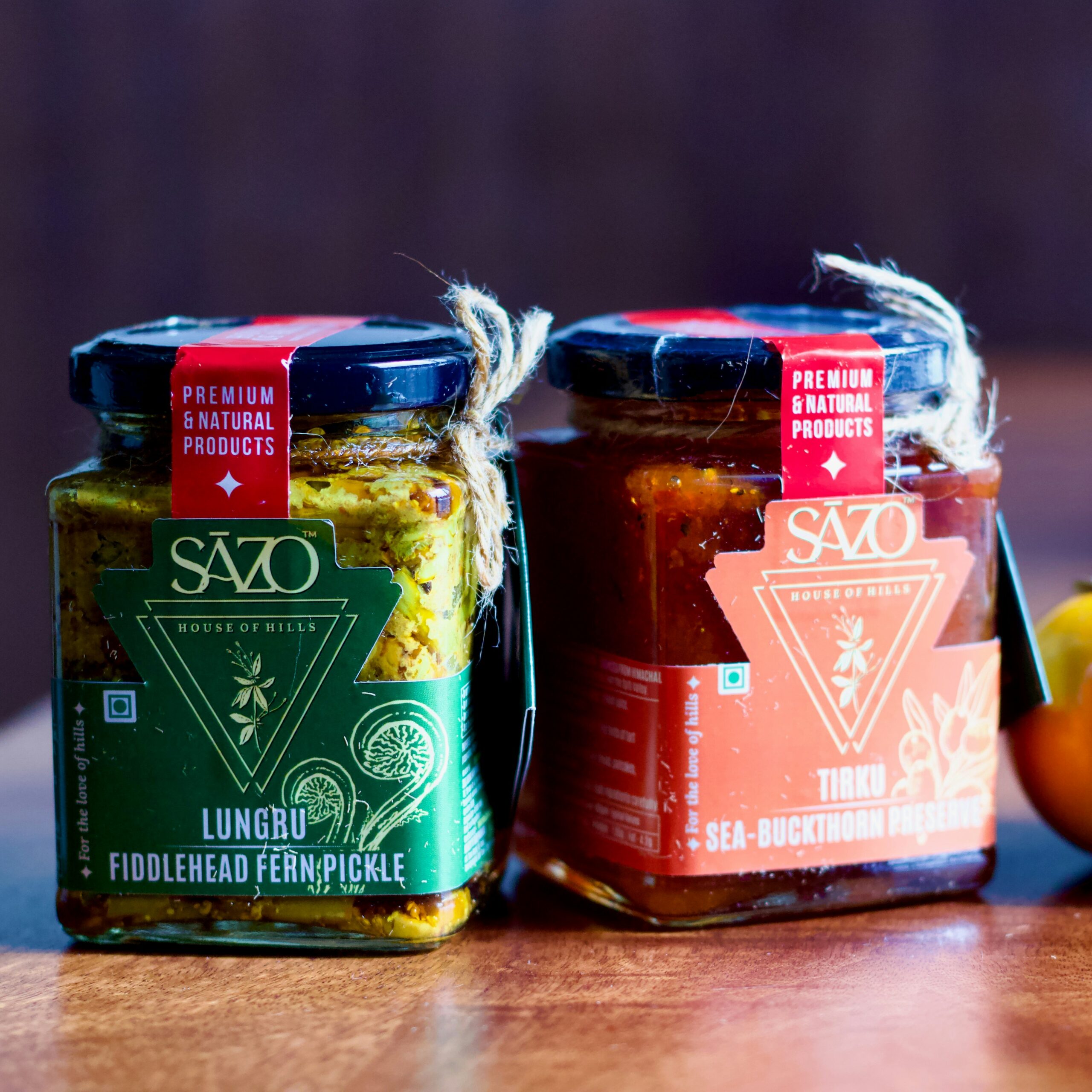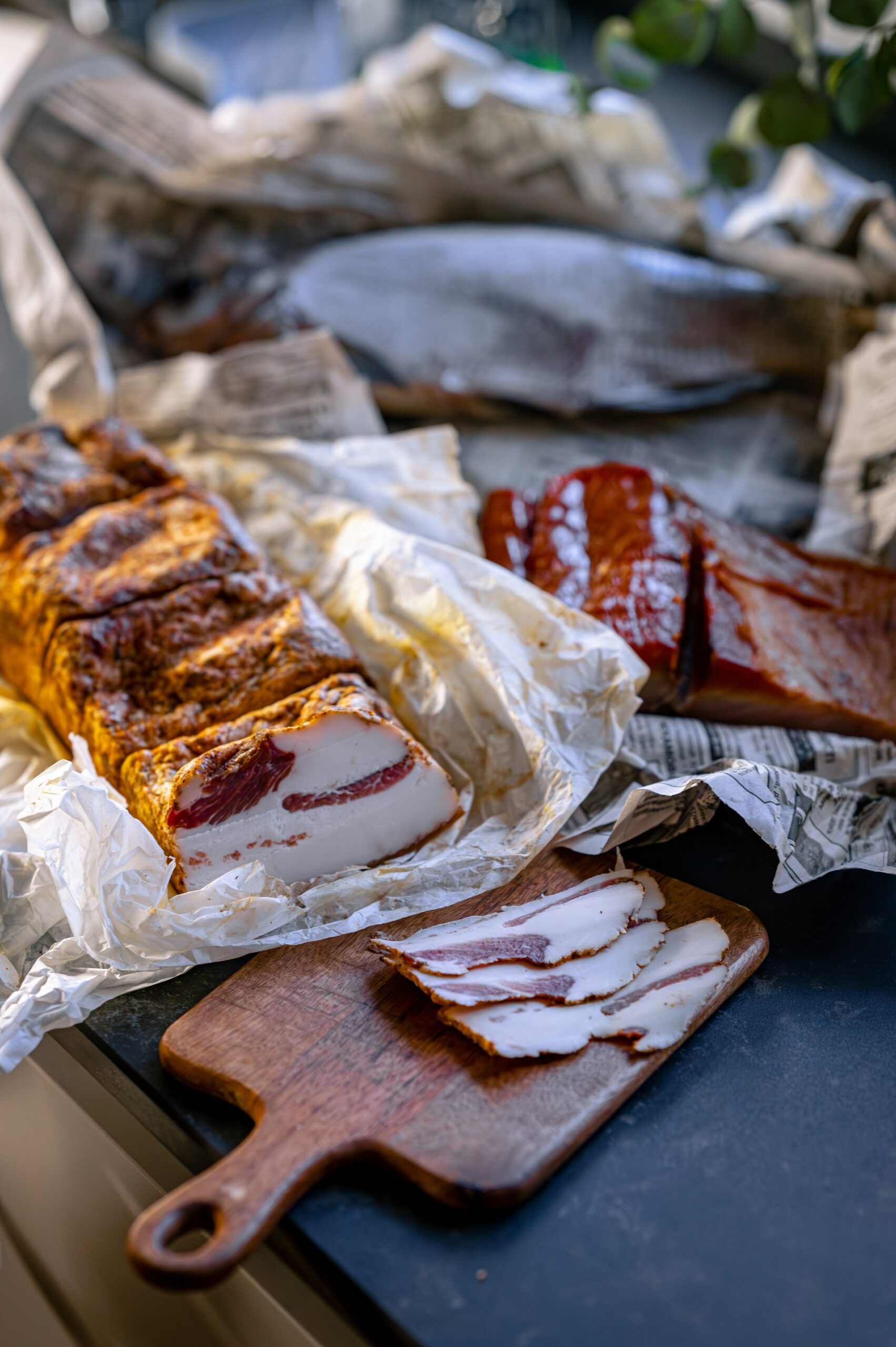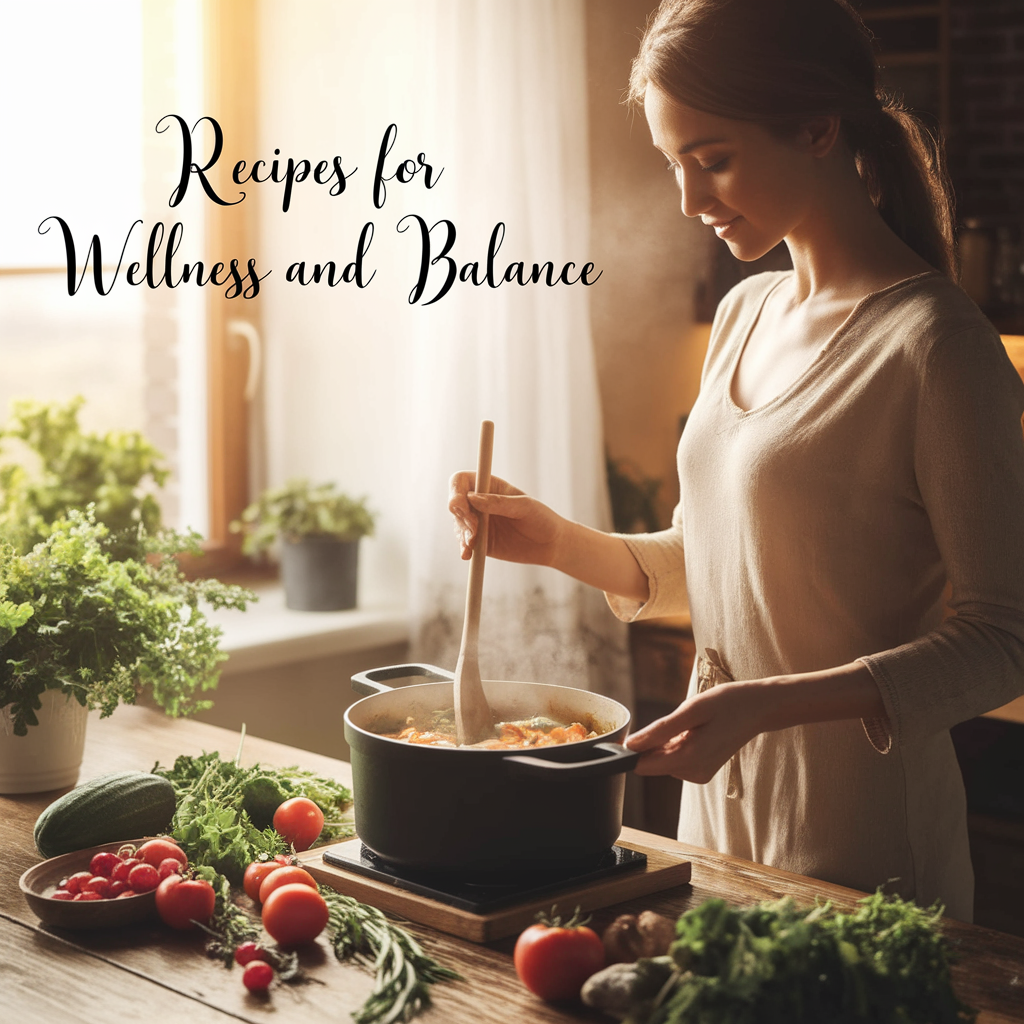Savoring Tradition: Exploring Family Recipes That Stand the Test of Time
What is it about family recipes that makes them so special? Perhaps it’s the way they conjure up memories of grandma’s kitchen, where the aroma of freshly baked bread mingled with laughter and love. Or maybe it’s the countless generations of hands that have crafted the same dish, passing down secrets and techniques that have stood the test of time. Family recipes are more than just a collection of ingredients; they are a tapestry of history, culture, and shared experiences. In this article, we delve into the heart of these cherished culinary traditions, exploring how they shape our identities and bring us together around the dinner table.
The Roots of Family Recipes
Historically, recipes were not recorded in cookbooks but were rather a part of oral tradition. Grandmothers would teach their grandchildren how to prepare meals by feel, taste, and smell—a method that, while perhaps lacking in precision, infused a personal touch into each dish. The act of cooking was less about following a strict formula and more about connection. In many cultures, food is a language of love, a way to express care and community.
As I reflect on my own childhood, I can vividly recall the ritual of Sunday dinners at my aunt’s house. The table was always laden with dishes that had been carefully crafted using recipes passed down from her mother. I remember my aunt would say, “A little bit of this and a pinch of that,” as she expertly mixed ingredients. It was never about perfection; it was about the experience. And that, in essence, is what makes family recipes so enduring.
Preserving Culinary Heritage
In an age where fast food and instant meals dominate our lives, preserving family recipes has become more important than ever. Some studies suggest that cooking from scratch not only promotes healthier eating habits but also strengthens family bonds. When families gather to cook together, they create lasting memories and reinforce their cultural heritage.
Take, for instance, the Mexican tradition of making tamales during the holiday season. Families come together to prepare the masa, fill the tamales, and then steam them while sharing stories and laughter. This communal activity is not just about the food; it’s about the connections forged during the process. The tamales, when served, are a testament to family unity and tradition.
Recipe Spotlight: Grandma’s Chicken Soup
Consider a classic that many of us have enjoyed at some point: chicken soup. While there are countless variations, my family’s version has its roots in a recipe my grandmother brought from her homeland. It’s a simple dish, but the layers of flavor are what make it unforgettable. Here’s how it goes:
- Start with a whole chicken—preferably free-range for that extra depth of flavor.
- Add an array of vegetables: carrots, celery, and onion, chopped just so.
- Season generously with salt, pepper, and a few sprigs of fresh thyme.
- Simmer for hours until the chicken is tender and the broth is rich.
The beauty of this soup lies not just in its taste but in the memories it evokes. I can still hear my grandmother’s voice as she guided me through each step, her gentle corrections and encouragements resounding in my ears. And while I may not replicate her exact technique, the essence of her cooking lives on in every bowl I serve.
Family Recipes and Cultural Identity
Family recipes often serve as a bridge to our cultural identity. They tell stories of our ancestors, their struggles, and triumphs. For many immigrants, food becomes a way to hold onto their heritage in a new land. I think of my friend’s Italian family, who has a tradition of making pasta from scratch every Sunday. The process is labor-intensive, but for them, it’s a labor of love that connects them to their roots. Each strand of pasta tells a story, each sauce evokes a memory, and each bite is a reminder of where they came from.
Interestingly, this practice isn’t limited to any one culture. From the Jewish tradition of making challah on Fridays to the Indian custom of preparing biryani for festive occasions, these culinary practices are imbued with deep meaning. They serve as a reminder that food is more than sustenance; it is a celebration of our heritage and a way to keep our ancestors’ spirits alive.
Cooking as a Form of Memory
Cooking can also be a powerful form of memory. Have you ever found yourself making a dish and suddenly being transported back to a specific moment in time? That’s the magic of family recipes. They hold nostalgia within their ingredients, allowing us to relive cherished memories with each bite.
For example, every time I bake my mother’s chocolate chip cookies, I’m reminded of the countless afternoons we spent in the kitchen together. The smell of melting chocolate and the sound of her laughter fill my mind, and suddenly I’m that wide-eyed child again, eagerly awaiting the first warm cookie fresh from the oven. It’s a beautiful cycle—each generation adds their own twist, yet the essence remains unchanged.
Modern Twists on Classic Recipes
While family recipes are often steeped in tradition, there’s no rule saying they can’t evolve. Many modern cooks are taking these time-honored dishes and adding their own flair, creating new favorites that still pay homage to the originals. The key is to respect the foundation while allowing creativity to flourish.
For instance, consider the classic lasagna. Traditionally, it’s made with layers of pasta, ricotta, meat sauce, and mozzarella. However, I’ve seen families put their own spin on it, swapping out traditional ingredients for healthier alternatives like zucchini noodles or plant-based cheese. These innovations not only cater to dietary preferences but also make the dish more accessible to a broader audience.
Another example is the beloved family pot roast. While some may stick to the classic beef roast, others have experimented with different meats, like pork or even jackfruit for a vegan option. The result? A dish that retains its comforting essence while embracing modern tastes. It’s like a family reunion—everyone is invited, but the heart of the gathering remains intact.
Sharing the Love: Passing Down Recipes
One of the greatest gifts we can give our loved ones is the knowledge of how to prepare family recipes. Teaching the next generation not only ensures that these culinary treasures live on but also helps foster a sense of belonging. I’ve witnessed firsthand how sharing these recipes can create bonds between grandparents and grandchildren, creating a legacy that extends beyond the dinner table.
But let’s be honest: passing down recipes can sometimes lead to comical moments. I recall the time I attempted to teach my niece how to bake my grandmother’s famous pie. As I explained the importance of “a pinch of salt,” she looked at me with wide eyes and exclaimed, “How much is a pinch?” It struck me then that while the techniques may have been passed down, the interpretations can vary greatly! It’s a delightful reminder that cooking is as much about intuition as it is about precision.
Recipe for Connection: A Family Potluck
With all this talk about recipes, why not put the theory into practice? Organizing a family potluck can be a fantastic way to celebrate these culinary traditions. Each family member can bring a dish that holds a special meaning, creating a diverse spread that reflects your collective heritage.
Here’s how to make it a memorable gathering:
- Set a theme: Whether it’s a specific cuisine or a nod to a family member’s favorite dish, setting a theme can add an element of fun.
- Share stories: As each dish is unveiled, encourage everyone to share the backstory. This can lead to fascinating conversations and deeper connections.
- Document the event: Take photos and jot down the recipes shared. This way, you create a new tradition that can be passed down to future generations.
This gathering not only nourishes the body but also the soul, forging connections that can last a lifetime. And who doesn’t love a good meal with family, right?
Conclusion: The Timelessness of Family Recipes
As we’ve explored, family recipes are a beautiful blend of tradition, memory, and love. They serve as a reminder of our roots, our cultures, and the people we cherish. They have the power to transport us back in time, evoke emotions, and create bonds that transcend generations.
So, whether you’re stirring a pot of chicken soup, rolling out dough for homemade pasta, or simply sharing stories over a meal, take a moment to appreciate the significance of these culinary traditions. Embrace the imperfections, relish the stories, and savor the flavors that have been passed down through the years. After all, cooking is not just about feeding the body; it’s about nourishing the soul.
And next time you gather around the table, remember the journey each dish has taken to get there. As my grandmother used to say, “Every meal tells a story.” Let’s make sure those stories continue to be told for generations to come.




